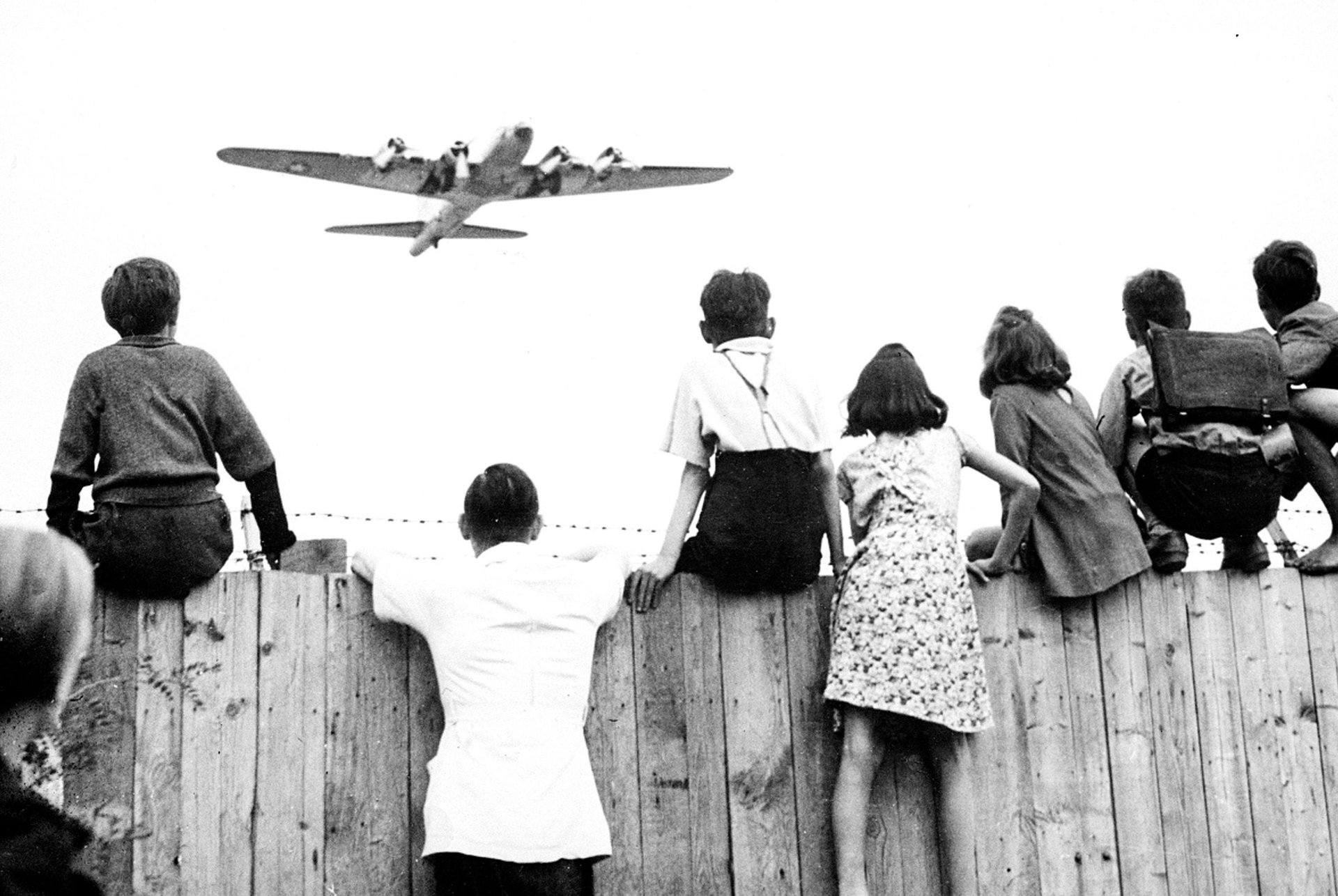70 years ago, the US saved a city from certain starvation
While barbed words and bad blood flows in the trade war between Germany and the US, the anniversary of the start of their friendship is quietly passing. On this day (June 26), seven decades ago, the US army launched a daring humanitarian mission that saved around two million inhabitants of West Berlin from starving to death.


While barbed words and bad blood flows in the trade war between Germany and the US, the anniversary of the start of their friendship is quietly passing. On this day (June 26), seven decades ago, the US army launched a daring humanitarian mission that saved around two million inhabitants of West Berlin from starving to death.
After World War II, the Allies and the Soviet Union carved up Germany’s capital. It led to the Soviet zone effectively encircling and marooning the Allied sector, which belonged to West Germany. On June 24, 1948, the Soviets severed the power supply, and shut off land and water routes in and out of the Allied zone, leaving its inhabitants without food and essentials.
But US president Harry Truman acted swiftly. Heeding the recommendation of general Lucius Clay, he signed off on what was known as “Operation Vittles.” Just two days later, on June 26, US forces launched an ambitious operation to supply West Berlin entirely via an “air bridge.”
Over the course of the next 14 months, the US headed off a huge humanitarian disaster by a feat of breathtaking logistics: It performed some 280,000 landings and dropped about 2.3 million pounds of supplies, before Soviet dictator Josef Stalin finally lifted the blockade.
The C-47 Dakota aircraft used for the airlift were nicknamed “Rosinenbomber” (raisin bombers) by the locals, as the pilots, coming in low, dropped packets of raisins, candy, and gum in little parachutes for children.
The Allied commitment to saving West Berlin laid the foundation for decades of warm, mutual trans-Atlantic respect—a relationship that now finds itself under bombardment.